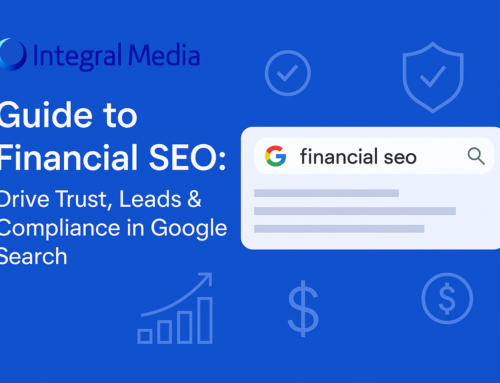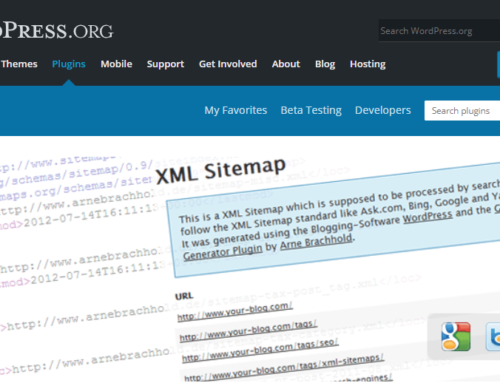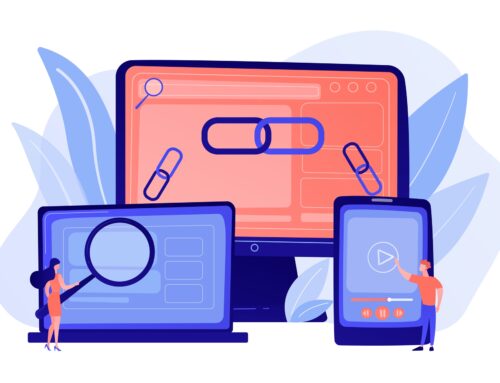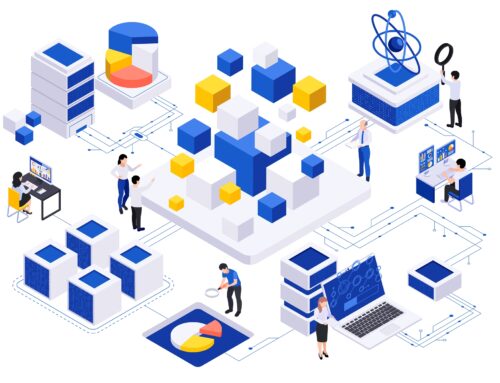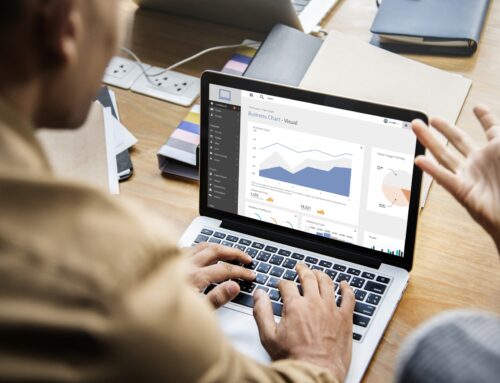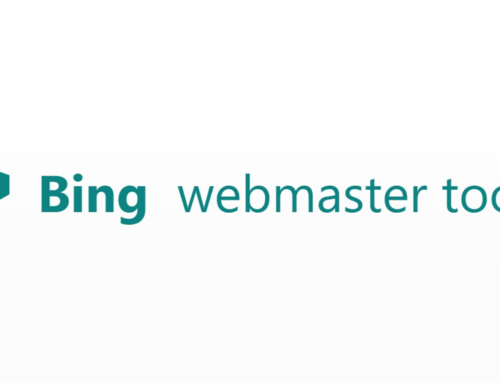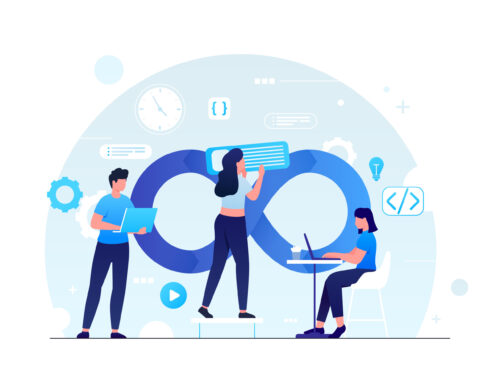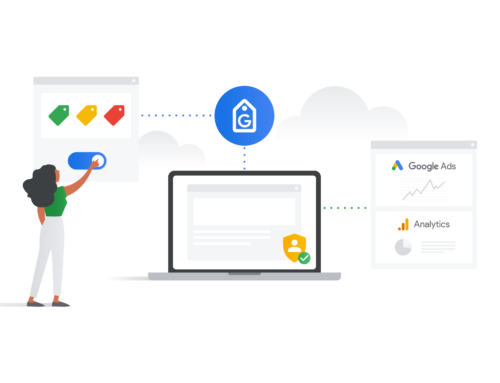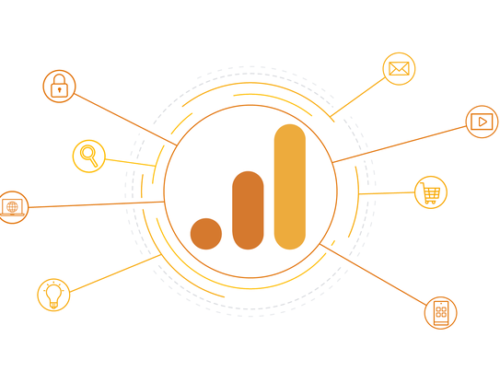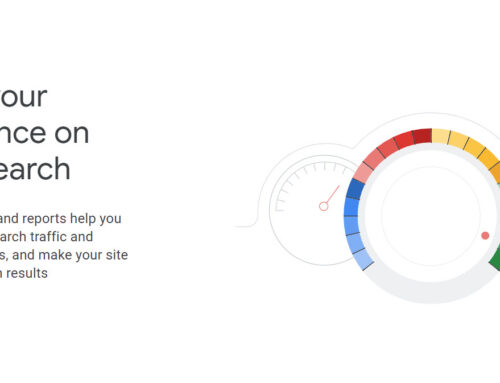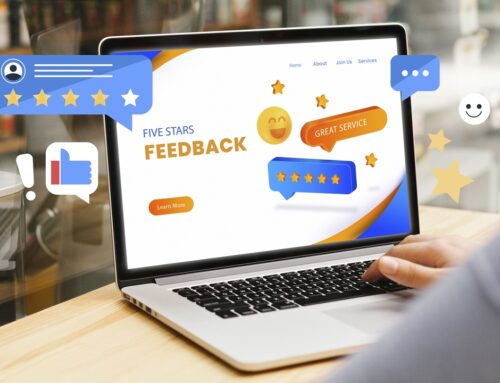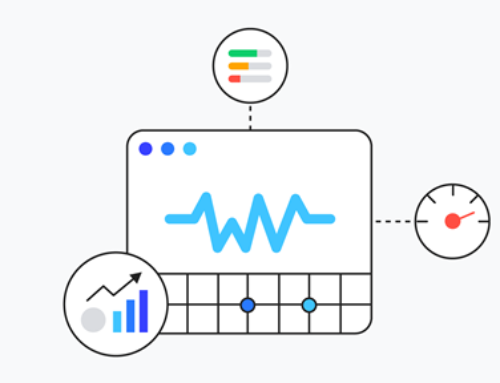Google’s penalty is a type of punishment inflicted by Google on websites that violate the guidelines or engage in manipulative practices to rank higher in search engine results. These penalties tend to lead to severe drops in organic traffic and search engine visibility for these affected websites.
Recovering from a Google penalty is a time-consuming and challenging process that requires identifying the root cause of the penalty, fixing the issue, and then submitting a reconsideration request to Google. To recover from a Google penalty, website owners and digital marketers must have a deep understanding of Google’s guidelines and algorithm updates.
From Penalty to Prosperity: How to Regain Your SEO Ranking after a Google Penalty
Recovering your SEO ranking after a Google penalty can be a daunting task, but with the right strategies and approach, it is possible to regain your lost search engine visibility. This involves a thorough analysis of your website, identifying and fixing any issues that caused the penalty, building high-quality backlinks, and creating quality content that aligns with Google’s guidelines.
Brief Overview Of Google Penalties And Their Impact On SEO Rankings
Google penalties are actions taken by Google that punish websites that violate the Webmaster Guidelines or engage in calculating practices to improve their search engine rankings.
These Google penalties carry a significant impact on Search Engine Optimisation (SEO) rankings which results in poor organic traffic, lower search engine visibility and a reduction in revenue.
Importance Of Understanding And Recovering From Penalties For Website Owners And Businesses
Understanding and recovering from penalties is incredibly crucial for website owners and businesses as this directly impacts the online visibility, traffic and revenue of their website. The severity of the penalty depends largely on the extent of the violation, which can range from a minor drop in rankings to complete removal from Google’s search results altogether.
When a website has been flagged or penalised, certain pages are hidden by search results or may be demoted to lower positions. Resulting in decreases in site clicks, visits and conversions which all negatively impact the overall SEO ranking of the site or webpage.
By recovering from penalties, website owners and businesses can improve their search engine visibility, attract more organic traffic, and increase their revenue potential.
Identifying The Cause Of The Penalty
Identifying the cause of a Google penalty is crucial in recovering your website’s search engine rankings. By a thorough analysis of your website, you can gain an understanding of the reasoning behind the Google Penalty and can therefore proceed with taking the next steps in fixing the issue by submitting a reconsideration request to Google.
Algorithmic Penalties (e.g., Google Panda, Google Penguin)
Algorithmic penalties are types of Google penalties that are automatically applied by algorithms, such as Google Panda and Google Penguin, to websites that violate Google’s Webmaster Guidelines.
Google Panda is focused on penalising websites with low-quality or thin content, whereas, Google Penguin targets websites that engage in manipulative link-building practices or have spammy backlinks.
Manual Action Penalties
Manual action penalties are types of Google penalties that are manually applied by a member of Google after a heavy review of the website and identifying the violation of Google’s Webmaster Guidelines.
Manual action penalties are more severe than algorithmic penalties and require a manual review before a reconsideration request can be processed in recovery. Typically, common reasons for manual action penalties include spam-like behaviour, cloaking, hidden text and unnatural links.
Common Reasons For Penalties (E.g., Low-Quality Content, Unnatural Links, Keyword Stuffing)
It’s imperative to learn and understand the most common reasons for Google penalties in order to avoid any future manipulative practices that violate Google’s Webmaster Guidelines.
Some common reasons for penalties can be:
- Low-quality content
- Duplicates of content
- Keyword stuffing and over-optimised content
- Cloaking
- Hidden texts or links
- Unnatural link building or disavow links
- Buying links
- Comment spam or user-generated spam
Steps To Recover From Google Penalties
Recovering from a Google penalty can be a complex and challenging process, but it’s essential for restoring your website’s search engine rankings and traffic. The first step in recovering from a penalty is identifying the cause and extent of the penalty by conducting a thorough analysis of your website.
Step 1: Diagnose The Specific Penalty Issue
The first step in a Google penalty recovery process is to conduct a thorough analysis of your website to identify the reason and extent of the penalty. This involves reviewing your website’s traffic, rankings, and search console data to identify any sudden drops or significant changes.
This involves identifying the type of penalty (algorithmic or manual) and understanding the specific cause of the penalty. For example, if the penalty was caused by low-quality or thin content, you would need to identify the pages with the lowest-quality content and then improve them. Similarly, if the penalty was caused by unnatural links, you would need to identify the low-quality or spammy links and disavow them.
By diagnosing the specific penalty issue, you can take the necessary steps in fixing the problem and recover your website’s search engine rankings.
Use Google Search Console For Notifications And Insights
Google Search Console is an excellent tool for providing insight into the diagnosing and recovery from Google penalties.
To use the tool effectively for notifications and insights enabled, follow the prompts below:
- Begin by logging in and navigating to the “Security & Manual Actions” report.
- Check for any manual action notifications or security issues that may be impacting the website’s search engine visibility.
- Review the “Coverage” report to identify any errors or issues with your website’s pages and URLs.
- Use the “Performance” report to analyse your website’s search traffic, impressions and click-through rates (CTR) to identify any sudden drops or changes.
- Review the “Links” report to identify any low-quality or spam-like backlinks that may trigger a Google penalty.
- Use the “Mobile Usability” report to identify any mobile-related issues that may be impacting the website’s search engine rankings.
By utilising the tools of Google Search Console for notifications and insights, you are able to gain information about the issues that might be influencing your website’s search engine visibility to take the necessary steps to recover from penalties.
Analyse Traffic Patterns And Correlate With Algorithm Updates
Analysing traffic patterns and correlating them to algorithm adjustments is an essential component in recovering from Google’s penalty.
By analysing traffic patterns and correlating them with algorithm updates, you can gain valuable insights into why your website was penalised and take the necessary steps to recover:
- Identify the dates when your website experienced a drop in organic traffic or engine visibility.
- Research any algorithm updates or changes that occurred around those dates.
- Analyse website traffic patterns before and after the drop to see if there are any correlations with the algorithm updates.
- Review website search queries, impressions and CTRs to identify any changes that would be related to the algorithm updates.
- Check your website’s backlink profile to see if there are any new low-quality or spam-like links that could be triggering a penalty
This may involve updating your website’s content, disavowing spammy backlinks, or making other changes to ensure compliance with Google’s guidelines.
Step 2: Address The Root Cause Of The Penalty
It’s critical to learn and amend the root cause of a Google penalty for successful recovery.
By following these steps, you can address the root cause of the penalty and take steps to improve your website’s overall quality and compliance with Google’s guidelines, you can improve your chances of recovering from the penalty and maintaining long-term search engine visibility:
- Identify the reason(s) for the penalty, e.g., low-quality content, spammy backlinks, or guideline violations.
- Create a comprehensive plan to address each issue, e.g., creating high-quality content or removing bad backlinks.
- Implement the plan carefully, following SEO best practices and avoiding activities that can trigger more penalties.
- Monitor your website’s performance using tools like Google Search Console and Analytics.
- Continuously improve your website’s content and user experience with the latest SEO trends and best practices.
Remove Or Improve Low-Quality Content
By removing or improving low-quality content on your website, you can improve the quality of your website and its performance as it complies with Google’s guidelines, which can help the recovery of a Google penalty.
Below are some steps you can take to improve the quality of your content:
- Identity the low-quality content on your website, like pages with thin content, duplicate content or irrelevant content
- Decide whether to improve the content or remove it entirely.
- Improve any content that may be useful by optimising it for keywords
- Implement the changes carefully and thoroughly and ensure to redirect any removed pages to relevant pages on your site to avoid any broken links.
- Use Google Search Console as a tool to monitor website performance and track its influence on your search engine visibility.
Disavow Or Remove Unnatural Backlinks
When disavowing links, this can help in the Google penalty recovery process. This is because you are improving your website’s backlink profile and are in compliance with guidelines of Google.
Here’s how it works:
- Use backlink analysis tools like Google Search Console to identify any low-quality or unnatural backlinks pointing to your site.
- Determine and list the backlinks that need to be removed or disavowed.
- Contact the webmasters of the websites that have fabricated backlinks and request that they be removed. If they do not reply or refuse to delete them, you may disavow them using the Disavow Tool in Google Search Console.
- Submit a disavow file to Google using the Disavow Tool to let Google know which backlinks you want to disavow.
- Monitor your website’s performance and search engine visibility to track the impact of the disavowed or removed backlinks.
Fix Technical SEO Issues
Fixing technical SEO issues can help with the recovery process of your Google penalty as this will improve your website’s overall adherence to Google’s guidelines and enhance its user experience.
- Conduct a comprehensive technical SEO audit to identify your website’s structure, performance or functionality.
- Address any technical SEO issues during the audit process (broken links, duplicate content, slow page speed).
- Implement the best practices of technical SEO such as descriptive titles, meta descriptions and optimised imagery.
- Monitor your website and its performance and search engine visibility to track the result of the technical SEO improvements.
Step 3: Request Reconsideration From Google (For Manual Actions)
Requesting reconsideration from Google is an essential step in the recovery process from manual action penalties. This involves submitting a request to Google to review your website after addressing the issues that led to the penalty.
Prepare A Detailed Reconsideration Request
Preparing a detailed reconsideration request is a critical step in the Google penalty recovery process, especially when regarding manual action penalties.
- Acknowledge the issue and demonstrate understanding of Google’s guidelines and policies
- Provide a comprehensive list of actions taken to address the root cause of the penalty, including any technical SEO improvements as mentioned above
- This includes supportive evidence, such as obtaining before-and-after screenshots or backlink removal requests which demonstrates the progress made in resolving the issues.
By providing a detailed and compelling reconsideration request, you can increase the chances of having your penalty lifted and regaining your lost search engine visibility.
Explain The Actions Taken To Rectify The Issues
It is essential to assess the issues in depth that led to the penalty in the first place, to develop a comprehensive plan to address them. Once this is implemented, continuous monitoring and improvement of the website’s content and technical SEO are necessary to avoid future punishment.
- Removing or disavowing low-quality or spammy backlinks.
- Fixing technical SEO issues such as broken links or redirect errors.
- Improving website content by removing duplicate content or low-quality pages and creating new, high-quality content that aligns with Google’s guidelines.
- Ensuring the website is mobile-friendly and meets Google’s mobile usability standards.
- Addressing security issues, such as malware or hacking, that may be impacting the website’s search engine visibility.
- Ensuring the website’s structured data meet Google’s guidelines.
Step 4: Monitor And Track Progress
Monitoring and tracking the progress of your Google penalty process is a critical step, as this helps website owners and companies to assess the effectiveness of their recovery efforts and make any necessary adjustments to their strategy.
By using various metrics and tools businesses can identify changes made in search engine rankings and other key performance indicators.
Use Analytics Tools To Measure SEO Performance
There are several analytics tools out there that measure SEO performance and track the progress of your website during the Google penalty recovery process.
The main tools include Google Analytics and Google Search Console which provides insights into website traffic, user site behaviour, search engine visibility and technical issues.
Other tools used for analytics include SEMrush, Ahrefs and Moz, which are SEO software that provides data on search rankings, backlinks and other SEO metrics.
Keep An Eye On Google Algorithm Updates
Keeping an eye on Google algorithm updates is an important part of having a website as these updates can have a significant impact on search engine rankings and website traffic. By staying informed about algorithm changes and updates, website owners can adjust their SEO strategies to stay ahead of the competition.
Some algorithms are specifically designed to penalise websites that engage in unethical or spam-like SEO tactics, therefore keeping up to date with these types of changes will benefit both your website and your search engine ranking.
Preventing Future Penalties
Preventing future penalties is a crucial part of any successful SEO strategy. By taking a proactive approach to SEO and avoiding any practices that could be viewed as spammy or manipulative, you can maintain your website’s search engine visibility and avoid the potential consequences of future penalties.
Adhering To Google’s Webmaster Guidelines
Adhering to Google’s Webmaster Guidelines is essential in the prevention of future Google penalties and in maintaining good SEO practices.
Guidelines typically provide website owners and businesses with a set of best practices to follow, this includes creating high-quality content, avoiding manipulative techniques and focusing on user experience.
Prioritising High-Quality, User-Focused Content
Prioritising content of high quality is an important element for many reasons. It first helps ensure that the website is providing content that holds value to the audience and meets their needs which can result in higher engagements, customer loyalty and conversions.
Additionally, it establishes your website as a credible and authoritative source for information in your industry, improving search engine visibility and reliability. Finally, high-quality, user-focused content is less likely to violate Google’s guidelines and trigger penalties, helping to prevent future issues.
Implementing Ethical Link-Building Strategies
This is an important aspect in ensuring your website avoids future penalties from Google as it helps build a strong and trustworthy back-link profile to your website. As a result, this improves the website’s authority and reliability according to potential consumers and those who are seeking out information from their search engine queries.
By prioritising ethical link-building strategies, you can establish a solid foundation for your website’s long-term SEO success.
Regularly Auditing Website And SEO Performance
Regularly auditing websites and SEO performance is important for several reasons. Firstly, it helps to identify any issues or errors that may be impacting search engine visibility and user experience.
Secondly, it allows website owners to stay up-to-date with the latest trends and best practices in SEO.
Finally, it helps to ensure that website content and user experience remain relevant and engaging for visitors.
Reach Out To Integral Media
Recovering from Google penalties can be a challenging task, but there are steps website owners can take to successfully regain their search engine rankings. These steps include identifying the penalty issue, addressing the root cause, and monitoring progress.
However, long-term success requires ongoing SEO optimisation that adheres to Google’s guidelines, prioritises user-focused content, and regularly audits website and SEO performance.
At Integral Media, our experienced SEO professionals stay up-to-date with the latest industry trends and best practices to deliver outstanding results. Whether you need to improve your website’s rankings, increase traffic, or drive more leads and sales, we are the SEO agency for you.
Contact us today to learn more.



